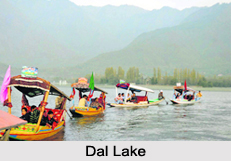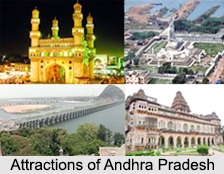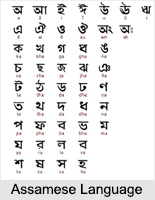The dominant geographical features of that demarcate North India from Tibetan Plateau are the Indo-Gangetic Plain and the Great Himalayas. The social, cultural, linguistic and religious unity helped the North Indian states to promote tourism and other industrial development in the modern India.
History of North Indian States
The Northern part of modern India has been the historical centre of the Mauryan Empire, Indo-Greek Empire, Northern Satraps, Gupta Empire, Harsha Empire, Pala Empire, Pratihara Empire, Delhi Sultanate, Mughal Empire, Sur, Sikh, Maratha Empire and British Empire.
Culture of North Indian States
North Indian States have diverse culture which is reflected in the different pilgrimages in this region. This includes Hindu, Islamic, Sikh, and Buddhist pilgrimages. Hindu pilgrimages include Haridwar, Char Dham, Mathura,Varanasi, Ayodhya, Pushkar, Allahabad, and Vaishno Devi. Sarnath and Kushinagar are famous Buddhist centers. The Taj Mahal, an Islamic monument, is one of the Seven Wonders of the World. Other Islamic pilgrimages in north India include Dargah Hazratbal, Dargah of Khwaja Moin-ud-din Chishti, Dargah Hazrat Nizamuddin, and Piran Kaliyar Sharif. The golden temple which is a Sikh pilgrimage is a world heritage site is located in Punjab.
 Climate of North India
Climate of North IndiaLying on the north of peninsular India, north Indian states form the coldest regions of the country. The average daily high temperature is at 32 degrees. For several months of the year, it is warm to hot at temperatures continuously above 25 degrees, sometimes up to 40 degrees. North India experiences winters in the months between October and March, as this time the weather remains pleasant and mildly cold to very cold and temperature ranges from a freezing -2 degree C to 14 degrees C.
Flora and Fauna of North India
North Indian states are rich in natural resources and have a large cover of forests. Due to this rich vegetation, several species of animals and birds are found in this region. The vegetation in north Indian states can be categories under Deciduous Forests, temperate forests, tropical thorny forests, and evergreen forest. Animal species found in northern zone include elephant, snow leopard, Bengal tiger, Indian leopard, Asiatic stag, spotted deer, red deer, hog deer, Indian gazelle, blackbuck, Nilgai, porcupine, wild boar, Tibetan sand fox, Indian fox, rhesus monkey, langur, and jungle cat. Both indigenous and migratory birds can be found here.
Tourism in North India
The northern states have a diverse culture, and include different places of tourism interest that comprises nature tourism, leisure tourism, adventure tourism, and also pilgrimage tourism. Pilgrimage destinations include Haridwar, Ayodhya, Mathura, Allahabad, and Pushkar for Hindus. Buddhist pilgrimage centers are Sarnath and Kushinagar. The Sikh Golden Temple as well as world heritage sites such as the Nanda Devi Biosphere Reserve, Forts in Rajasthan, Jantar Mantar (Jaipur), Qutb Minar, Red Fort, Agra Fort, Fatehpur Sikri and Taj Mahal comprise the main tourist attractions in north India.



